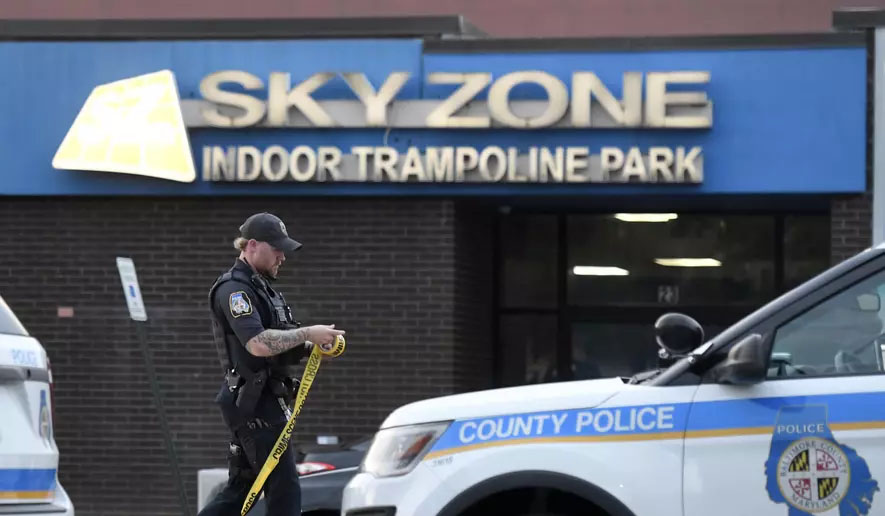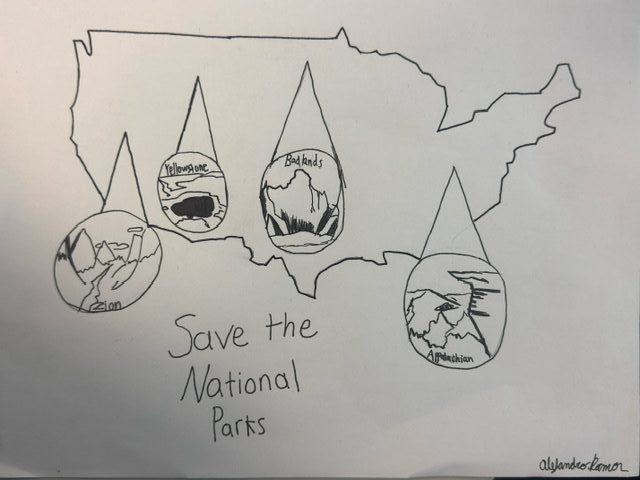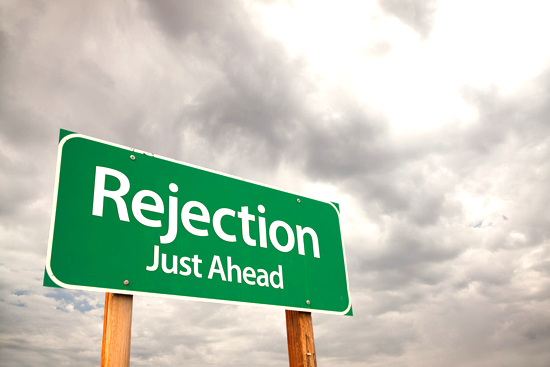As summer comes to an end, a decline has become apparent. The decline of teen interactions in-person and outside of school.
“Must be accompanied by someone 21 or over.” “Must leave the premises by 3 p.m. on Friday and Saturday.” These are things all too familiar for teenagers trying to go to the mall, a trampoline park or an event downtown.
Teenagers are hearing contradictory comments on how much technology they use and how they don’t enjoy reality, but are not given the opportunity to.
Teenagers not having what we call “third-party spaces” is affecting not only the physical aspect of being inactive but also the mental health of teenagers. Third party spaces are locations where people go for social interaction, relaxations, or community building outside of home-the first space-and school or work-the second space.
According to ScienceDirect, “Increasing loneliness and a lack of meaningful social connections among young people during adolescence is likely due to multiple, interacting factors at both an individual and societal level. At an individual level, adolescence has always been a time of vulnerability to loneliness due to the biological, psychological and cognitive changes taking place. This includes the evolution of social networks.”
Scientists however are not the only ones concerned about this decline in teenage social exchanges.
Senior Josilyn Martin-Richardson, expressed how she feels about these circumstances. “I can see why things are being limited for teens to go to. Mass shootings and brawls are on the rise every time we step outside, but it’s because kids don’t have the space to put their energy somewhere else. It’s a connected theory. If we don’t have anywhere to go, we’ll find places to go and possibly ruin it, then we will have less places to go.”
Teens are also achieving less and less of the typical high school milestones. Such as getting their drivers’ license.
In a recent article, CNN states that nearly 40% of teens delayed getting their license by one to two years, and 30% delayed by more than two years, according to a 2020 study led by Dr. Federico Vaca, professor and executive vice chair of the department of emergency medicine at the University of California Irvine Medical School.
This makes plenty of sense though. Would a child want to go through driver’s education classes, take a permit test, then wait nine months to get their license that will get them nowhere?
These licenses would have to get them pretty far due to dissolving recreational facilities, which is just another limitation on why teenagers only go from home to school and vice versa.
Even everyday locations like parks, cafès and libraries have the ability to host teen- focused clubs and events. Us having more opportunities to focus on hobbies, build social skills, and possibly network will not only positively occupy us outside of school and home but would most likely be funded by taxes and would result in cost-free facilities for teenagers. Creating these spaces will help us appreciate and respect our communities more instead of limiting our access by creating chaos.
If it wasn’t clear then, it’s clear now that teens are limited to have fun, with low cost, short distance and minimal worries.






